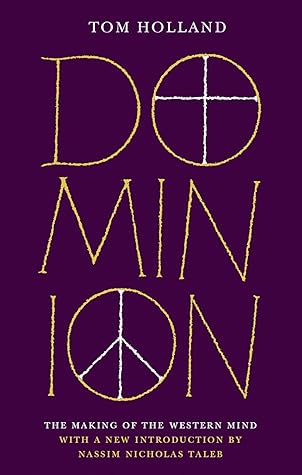The rhythms of life and death, and of the cycle of the year, proved no less adaptable to the purposes of the Anglo-Saxon Church. So it was that hel, the pagan underworld, where all the dead were believed to dwell, became, in the writings of monks, the abode of the damned; and so it was too that Eostre, the festival of the spring, which Bede had speculated might derive from a goddess, gave its name to the holiest Christian feast-day of all. Hell and Easter: the garbing of the Church’s teachings in Anglo-Saxon robes did not signal a surrender to the pagan past, but rather its rout. Only because
...more
Welcome back. Just a moment while we sign you in to your Goodreads account.


